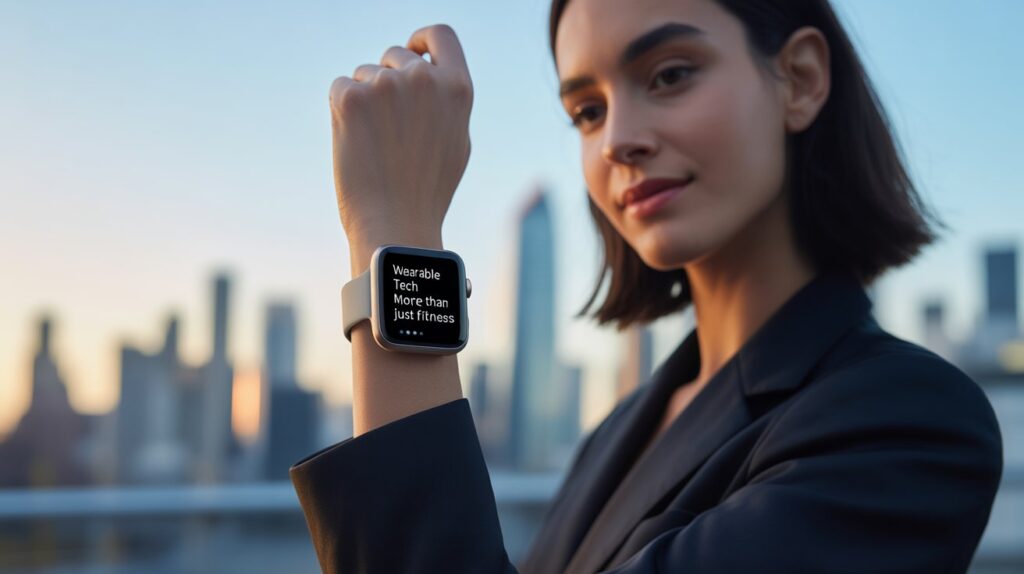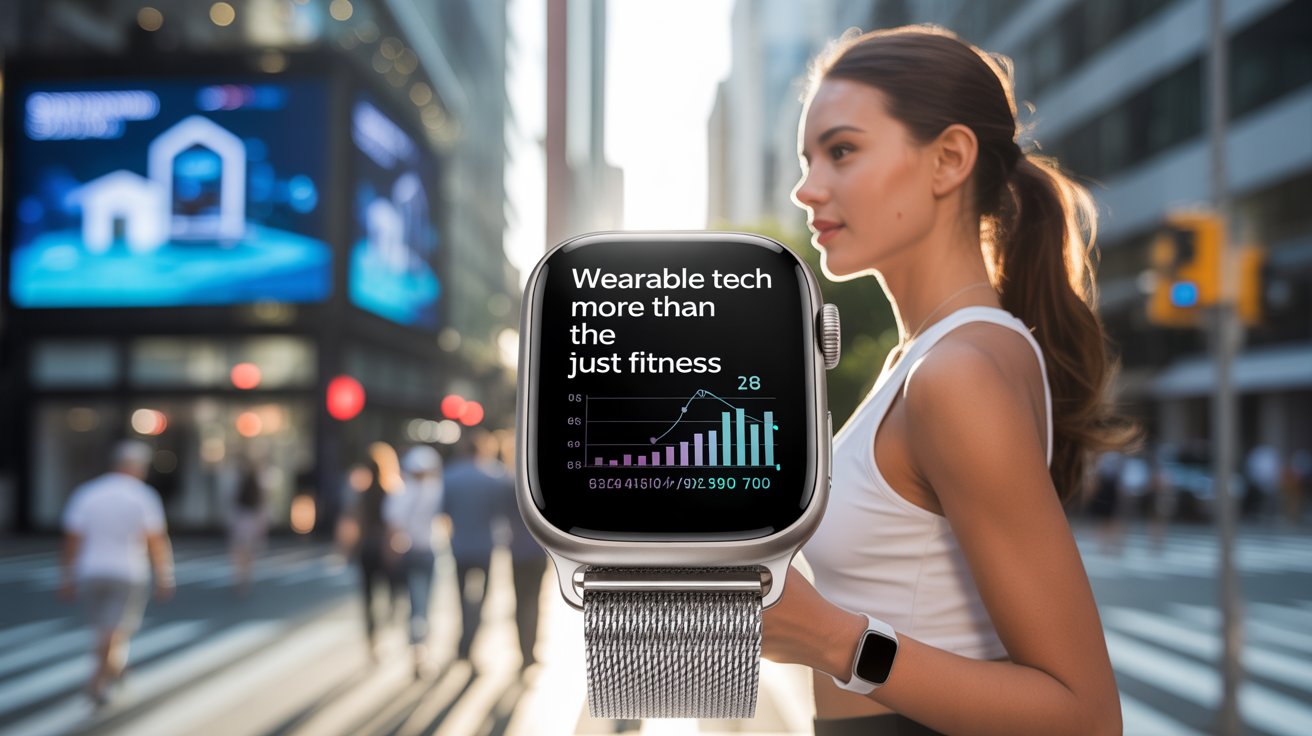Wearable technology has come a long way from basic step counters. In 2025, devices like smartwatches, fitness bands, and health-monitoring wearables are no longer just fitness accessories—they’re powerful tools for healthcare, communication, safety, and personal productivity. These compact, body-worn devices are quietly revolutionizing how we live, work, and take care of our well-being.
Health Monitoring on Your Wrist
Today’s wearables go beyond tracking steps or calories. They offer real-time health monitoring, often comparable to medical-grade equipment.
Smartwatches can measure heart rate, blood oxygen levels (SpO₂), ECG (electrocardiogram), and even detect irregular heart rhythms.
Sleep trackers analyze your sleep stages and quality, offering insights to improve rest.
Stress monitoring features use heart rate variability and skin temperature to detect anxiety or fatigue.
Continuous glucose monitors (CGMs) are helping diabetics monitor blood sugar levels without finger pricks.
Many of these devices now use AI algorithms to offer personalized health advice and early alerts for potential medical issues, helping users take proactive control of their health.
Wearables in Preventive and Remote Healthcare
In 2025, wearable tech is becoming essential in preventive care and telemedicine. Doctors can remotely monitor patients through wearable data, reducing hospital visits and enabling early intervention. Insurance companies are even offering discounts to users who share wearable health data and maintain healthy activity levels.
Elderly care is another area seeing benefits. GPS-enabled wearables and fall-detection sensors provide peace of mind to families and caregivers while allowing seniors to maintain independence.

Beyond Health: Safety, Payments, and Communication
Modern wearables now offer features that go far beyond health tracking:
Contactless payments via NFC let users pay with a tap of the wrist.
GPS and emergency alerts can help locate missing individuals or call for help in danger.
Smart rings allow discreet notifications, silent alarms, and even gesture controls for presentations or device interaction.
Fitness earbuds include biometric sensors, voice assistants, and real-time language translation.
In work environments, especially in construction or logistics, wearables are used for safety compliance, fatigue monitoring, and communication among team members.
Fashion Meets Function
Tech companies are partnering with fashion brands to make wearables more stylish. Today’s devices are available in sleek designs, customizable bands, and jewelry-like aesthetics. Some smart clothing even embeds sensors directly into fabric to track posture, respiration, or muscle activity.
Challenges to Consider
Despite the rapid growth, wearable tech still faces challenges:
Battery life limitations, especially in smaller devices
Privacy concerns over sensitive health and location data
Compatibility issues between devices and apps
Data overload, where users may not understand or act on all the information provided
Developers are addressing these issues with better battery technologies, stricter data encryption, and more intuitive user interfaces.
Final Thoughts
Wearable tech is no longer a niche—it’s a lifestyle. It empowers people to stay healthier, safer, and more connected in their daily lives. As these devices become more intelligent and more affordable, they’ll continue to blur the line between technology and the human body, helping us live smarter and longer.



